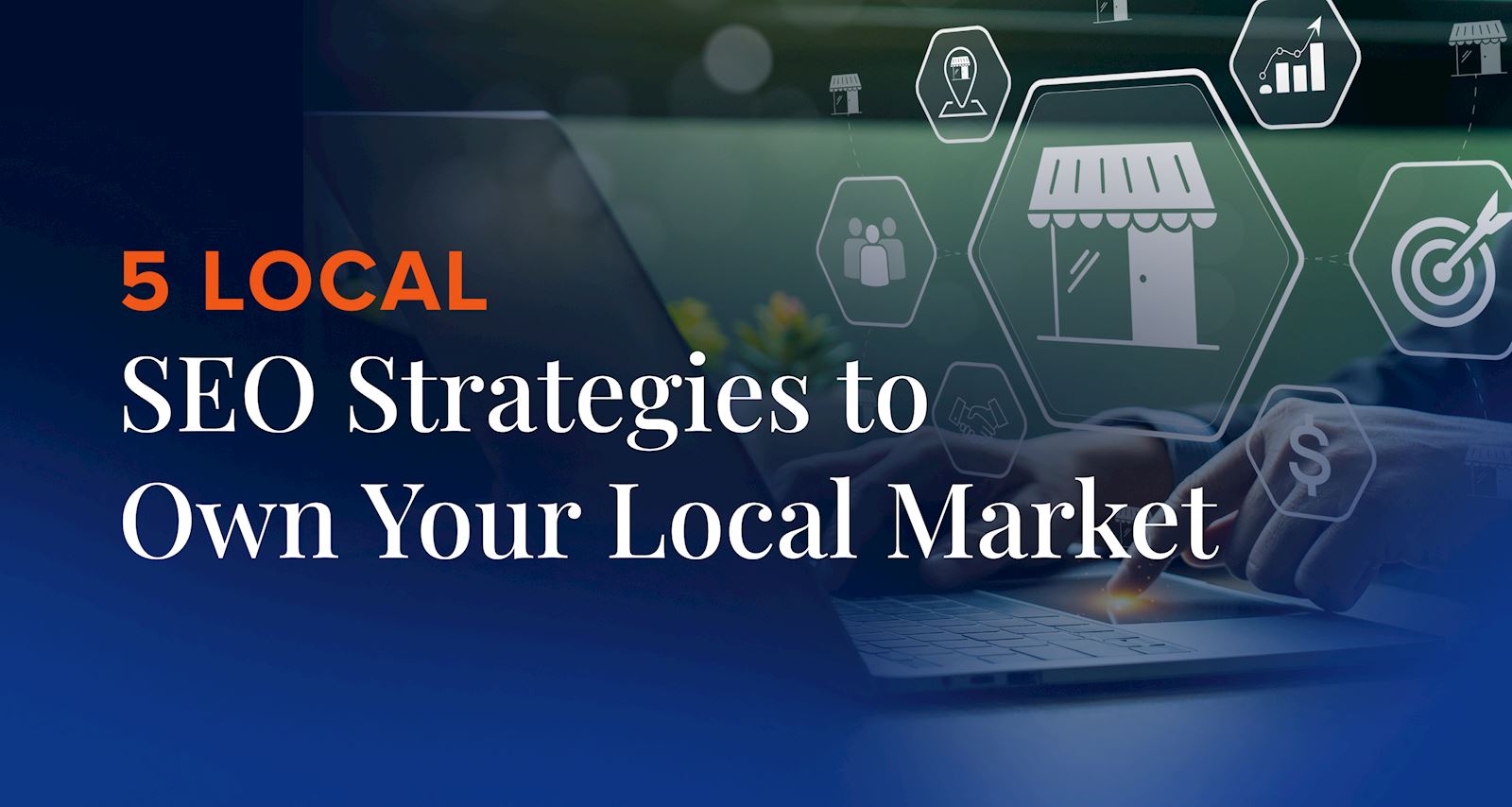5 Strategies for Leveraging Local SEO to Own Your Local Market
Published by Spinutech on July 16, 2025

Everyone is doing Local SEO.
But the brands with the best Local SEO? They’re pulling ahead because they’ve evolved beyond the basics — not just ranking, but owning their local markets.
Some brands are still treating their Google Business Profile like a directory listing. Others are using it like a performance channel. Some are keyword stuffing their location pages. Others are crafting conversion assets with local relevance baked into the UX.
The question isn’t whether Local SEO matters — it’s whether your strategy is built for today’s competitive environment.
We break down five areas where the most sophisticated brands are separating from the pack — and where we see opportunity for mid-market and enterprise brands to sharpen their edge.
1. Google Business Profile Isn’t a Set-It-and-Forget-It Asset
Most brands claim they’re “managing” their GBP. Few are doing it in a way that actually moves the needle.
The brands seeing real performance treat their GBP like a local landing page — consistently refreshed with timely offers, event promotions, review engagement, and even seasonal photography. They actively test posting cadences and assess how different content types impact engagement and click-through.
And review responses? They aren’t generic. They’re thoughtful, on-brand, and part of the customer experience — because top brands know Google’s watching for those signals, too.
2. Location Pages as High-Converting Assets
At scale, location pages often become a checkbox exercise. Copied-and-pasted templates. Minimal differentiation. Keyword optimization without user intent.
But we’ve seen a different approach from performance-driven brands:
- Location pages built with UX and CRO in mind
- FAQs based on actual local search queries
- Geo-modified CTAs and offers
- Schema markup that’s custom, not copy-pasted
Brands that view these pages as local entry points — not just SEO artifacts — tend to see stronger rankings and more meaningful conversions.
3. Getting Smarter About Local Keyword Strategy
It’s not about “dentist in Dallas” anymore. That’s table stakes.
What’s outperforming? Hyper-specific, user-intent-driven keywords that reflect how real people search in their actual neighborhoods:
- “[Neighborhood] emergency dentist open now”
- “Best Invisalign for teens [ZIP]”
- “Walk-in dental consult [Landmark or Shopping Center]”
Top brands are layering on localized modifiers based on proximity signals, behavioral data, and GMB Q&A trends — building a keyword map that reflects real-world behavior.
4. Localized Content That’s Actually Useful
Localized content isn’t just about throwing a city name into a blog title.
It’s about surfacing the kind of stories that locals actually value and care about — and then tying that relevance back to the brand.
We’ve seen success with brands producing:
- Geo-targeted social proof (case studies, testimonials, etc.)
- Locally relevant service guides or FAQs
- Event-driven content tied to regional calendars or pain points
When done well, this kind of content doesn’t just rank — it earns engagement and builds credibility in-market.
5. Structured Data That Drives Real Differentiation
Schema is one of those things most brands say they’re doing. But a closer look often reveals missed opportunities.
The brands excelling in local visibility treat schema like an evolving asset, not a one-time checklist. They’re not just tagging hours and services — they’re incorporating review markup, FAQ schema, local business nested entities, and even event data where applicable.
We’ve seen small schema optimizations unlock outsized results, especially when paired with consistently updated GBP and strong location page content.
Local SEO is a Performance Channel
The brands dominating local visibility aren’t just checking boxes. They’re investing in local SEO with the same rigor they apply to paid media or CRO — because they see the ROI.
If your strategy still looks like it did two years ago, it’s probably falling behind.
We’re helping multi-location brands rethink what “local” looks like — with content, structure, and performance metrics built for real growth.
If your Local SEO could use a strategy refresh, let’s talk.